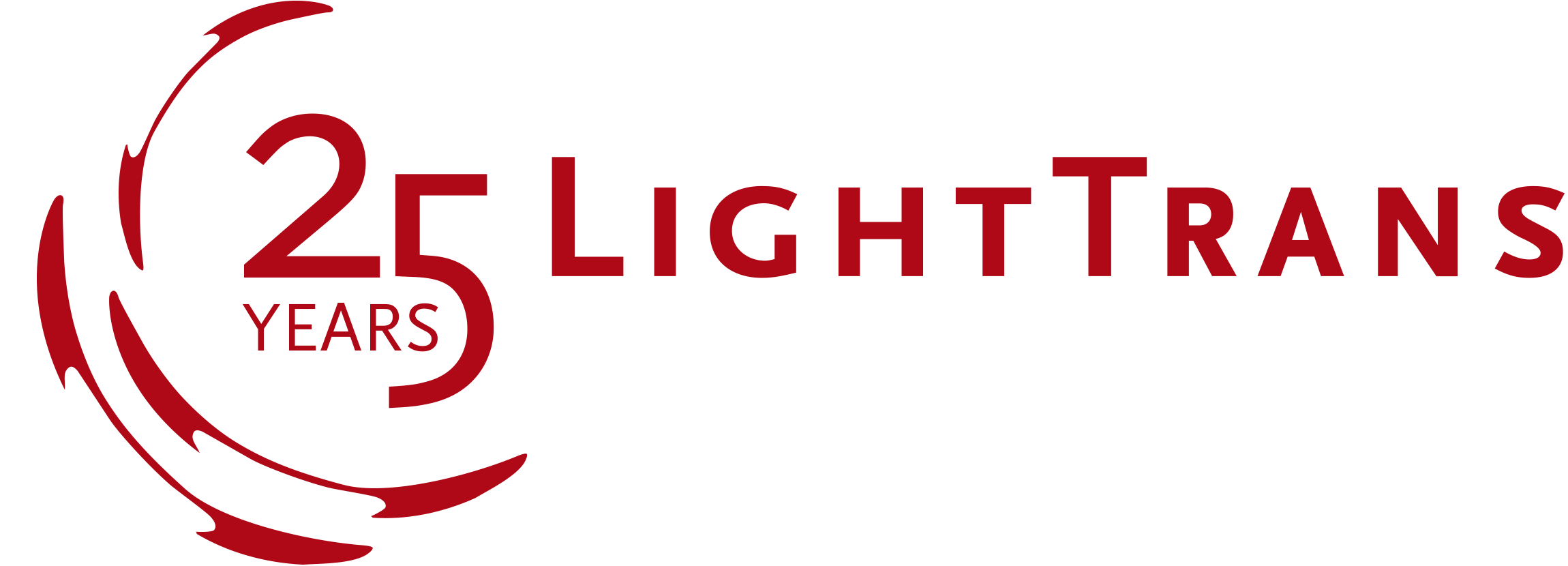What’s new in our Optical Modeling and Design Software?
Best of Use Cases No. 4 – Fiber Coupling
As we look back with gratitude on a wonderful year of luminous moments, we wish you and your family a radiant holiday season and a bright New Year!
Read moreBest of Use Cases No. 3 – Cross-Platform Optical Modeling and Design
To spread some holiday spirit this year, we have decided to send four special newsletters showcasing our "Top Use Cases 2019".
What makes it so special: there is also something to win.
Best of Use Cases No. 2 - Slanted Gratings
To spread some holiday spirit this year, we have decided to send four special newsletters showcasing our "Top Use Cases 2019".
What makes it so special: there is also something to win.
Read moreWin one VirtualLab Fusion Introduction Training!
To spread some holiday spirit this year, we have decided to send four special newsletters showcasing our "Top Use Cases 2019".
What makes it so special: there is also something to win.
Rayleigh Criterion
The Rayleigh criterion is often used in practice to characterize the resolution limit of microscope or telescope systems. It is defined as follows: when the center of the diffraction pattern of one point is just overlapped with the first minimum of the diffraction pattern of another point, according to the Rayleigh criterion they can just be resolved. With VirtualLab Fusion, we investigate three real objective lenses with different values of the NA (numerical aperture) following Rayleigh’s theory, and also compare the lens performance with the ideal case predicted by the Debye-Wolf integral.
Read moreTalbot Effect
The Talbot effect, one of the best-known diffraction effects in relation to gratings, was first observed in 1836 by Henry Fox Talbot. When a periodic structure, e.g. a grating, is illuminated by a plane wave, one can observe the image of the grating at a certain distance (or its multiple) behind the grating. This specific distance is called the Talbot length. Thanks to the automatized free-space propagation technology in VirtualLab Fusion, such effects can be easily and accurately reproduced and analyzed. We demonstrate it with both linear and crossed gratings as examples.
Read moreBeyond Ray Tracing - Germany & Japan
Darmstadt | Germany – 20 November
Tokyo | Japan – 4 December
Due to high demand, we are happy to announce that we
have scheduled two more seminars for this year.
Meet our experts and learn how to use VirtualLab Fusion
for the optical design tasks in your field of application.
Register for the seminars and indicate your areas of interest.
This information will be used to shape the content of the session.
Michelson Interferometer and Optical Metrology
Since the famous Michelson-Morley experiment in 1887, the Michelson interferometer and its variations have continued to play an important role in optical research. Nowadays, one can still often find optical systems configured in the form of a Michelson interferometer, for example, in coherent scanning interferometry. With VirtualLab Fusion, especially with the help of non-sequential field tracing, we show the working principle of a white-light Michelson interferometer, and demonstrate how it can be applied for optical metrology.
Read more











